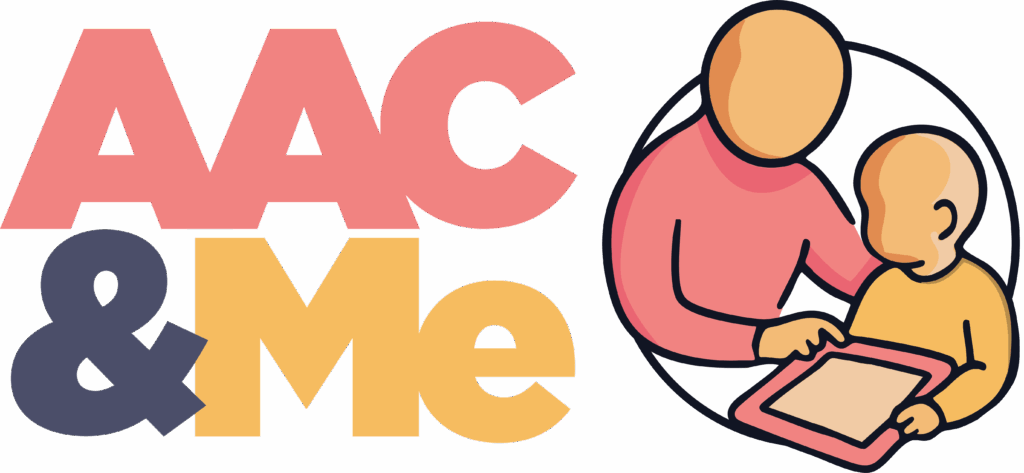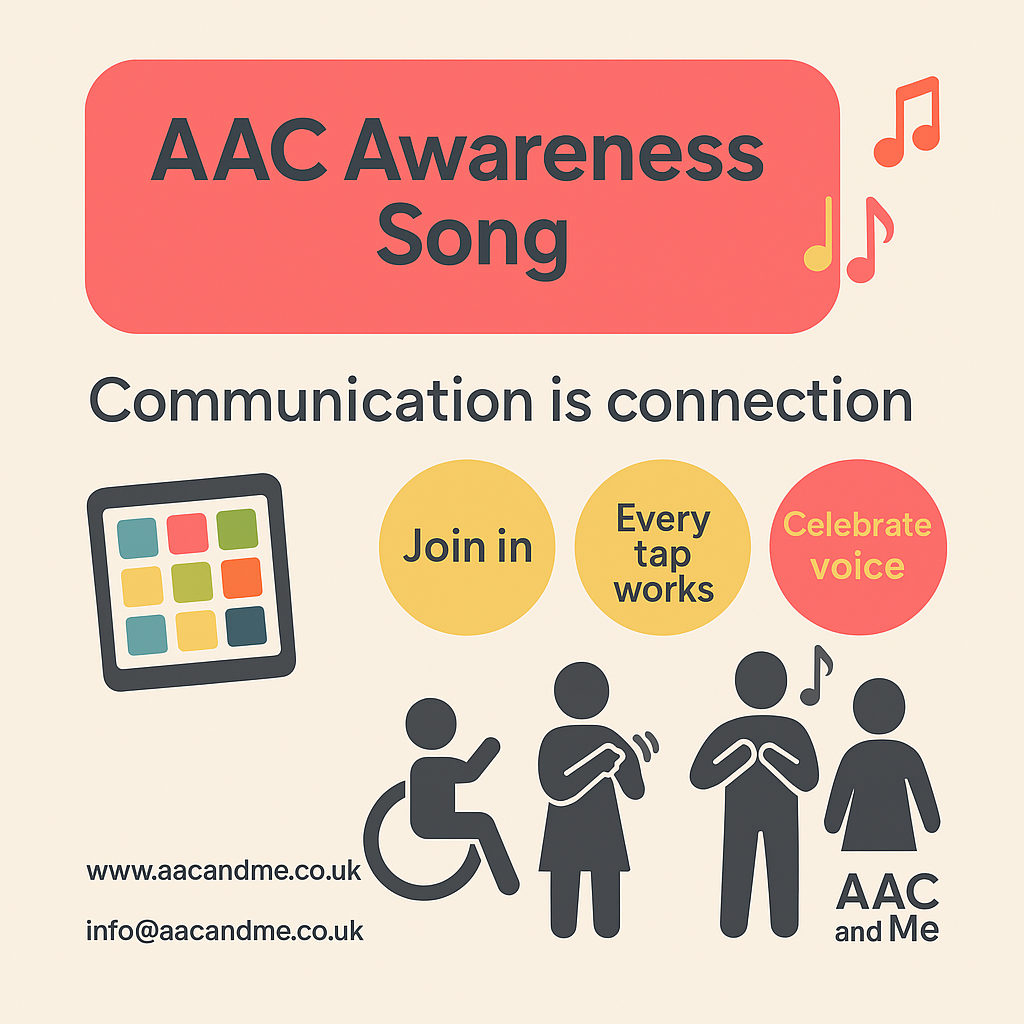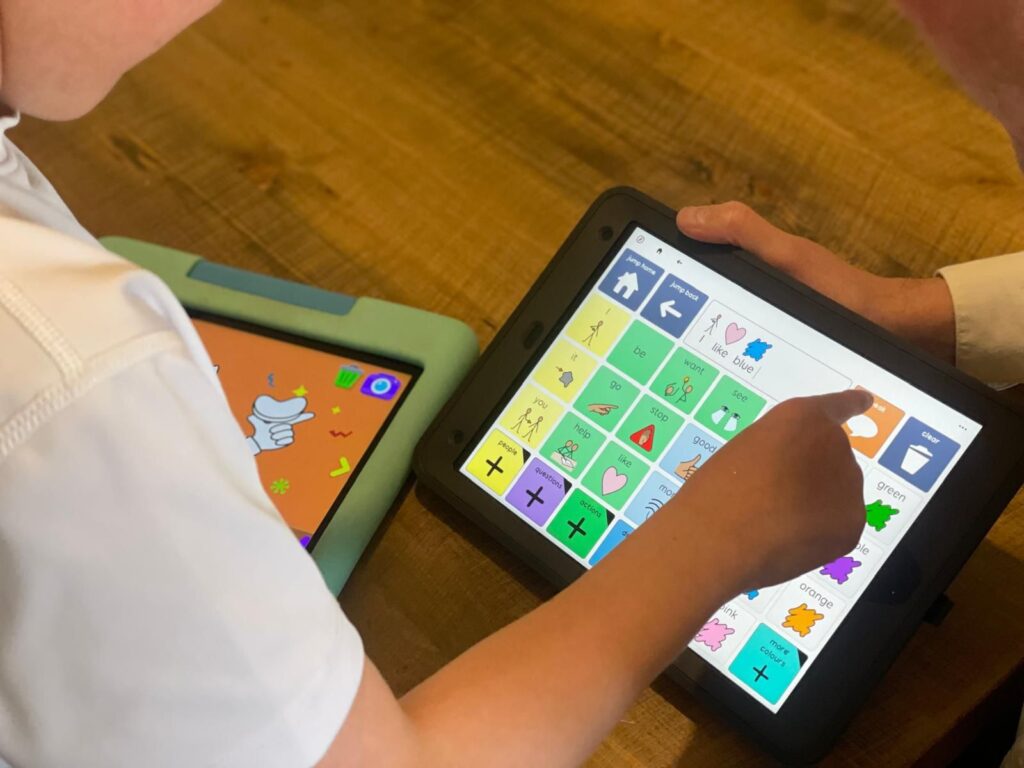Music has been one of my most reliable teaching tools. It cuts through noise, gathers attention, and gives us a rhythm to hang language on. I have used it throughout my career because it works. Not just for fun, but for communication.
Lately I have been using my Old MacDonald and If You’re Happy and You Know It AAC boards with a pupil. The change in energy is immediate. Heads lift. Eyes track. You can feel the “I know this one” spark. From there, real communication work begins.
A small story with big clues
During “If You’re Happy and You Know It” this learner did not just join in. They started choosing actions, stacking them, then added quickly, and finally locked eyes with me to say “ready”. That was a four-word sentence in context, built through a song they already love at home and at school.
Two things stood out.
- It matched their real world. At school and at home they often group actions together. The board let them show that clearly.
- It stretched my musicianship. I could not keep up on guitar, so I went a cappella. Slowing the tempo and holding the pauses made space for access and timing.
What music grew, beyond “joining in”
Choice making. Which verse next, which action, which speed. Choice is agency.
Descriptive language. Loud, quiet, quickly, slowly. Songs make contrasts playful.
Repair strategies. When I missed a turn, they used the board to correct me. When they made a mistake, they can fix it. That is powerful.
Sentence building. Predictable lyrics and a steady beat reduce the load, so longer combinations become possible.
Why this matters
Songs are familiar, repeatable and social. They lower barriers to participation and raise confidence. Singing together lifts mood, helps regulation, and creates a shared beat that makes timing easier for switches, touch and eye gaze. In that shared beat, communication has more chances to happen.
Communication is connection. Sometimes the goal is not to build a sentence, it is to belong. That is why I also use error-free singing boards where every selection fits the song. No trick questions, no wrong turns, just turn-taking, timing and being part of the moment. Confidence first, language follows.
Try this this week
- Pick one song your learner already loves.
- Pre-teach two useful words, for example more and stop, or quickly and slowly.
- Sing shorter lines than you think you should. Pause longer than feels comfortable.
- Model on the board without turning it into a quiz.
- End by using the same words later that day in play, reading or a movement break.
Resources to try
Old MacDonald, AAC board
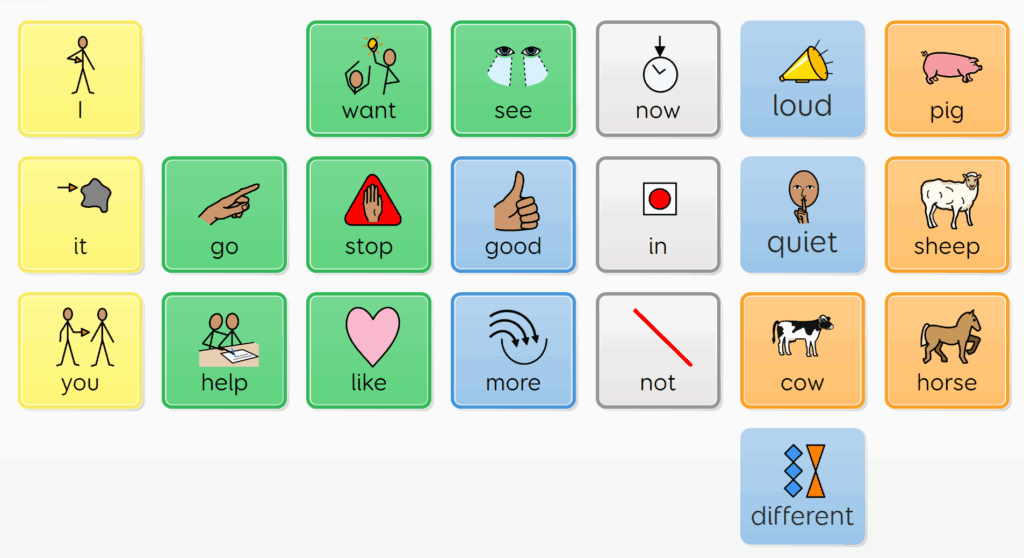
If You’re Happy and You Know It, AAC board
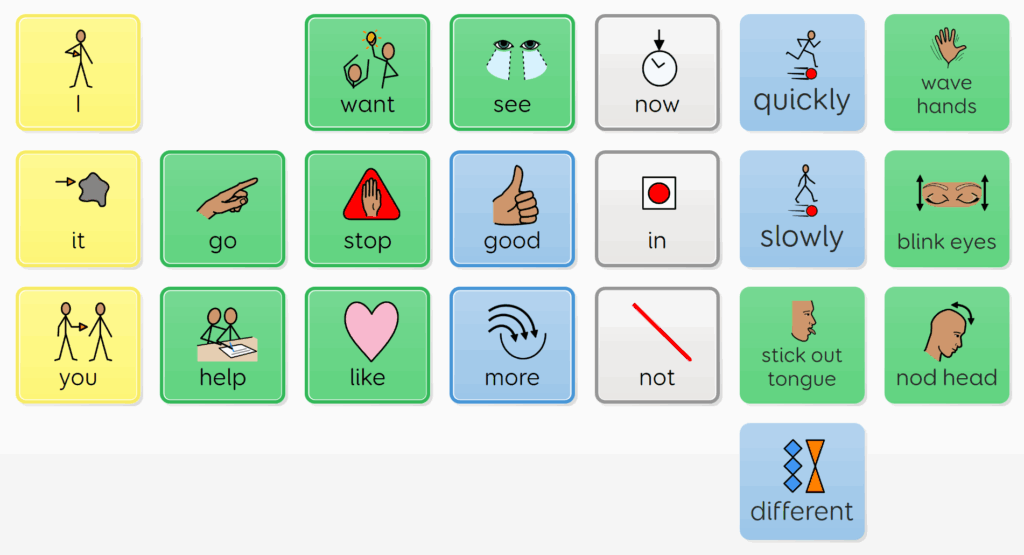
AAC Awareness Song — error-free participation board (inspired by 1Voice and AIM)
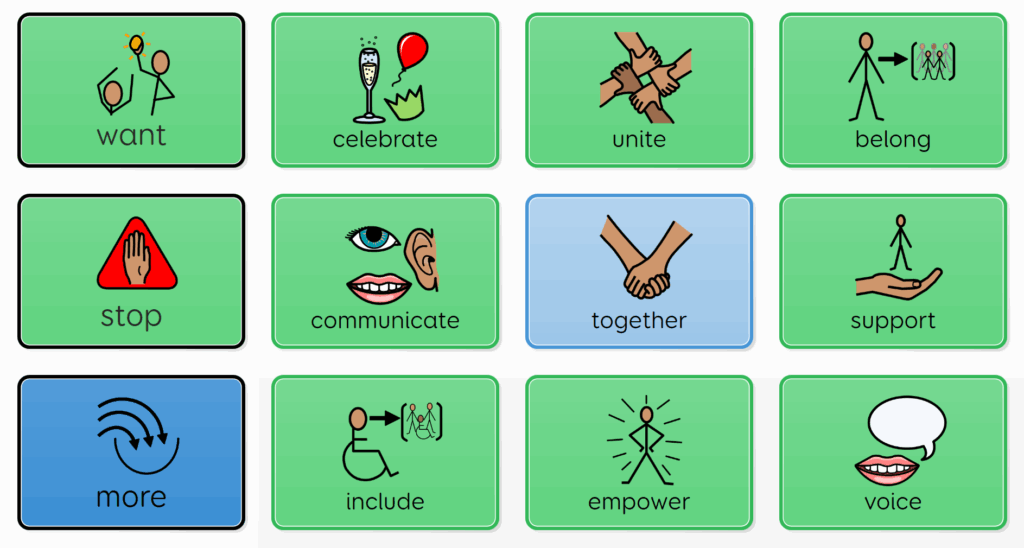
Want to explore music and AAC for your child or setting? Get in touch.
